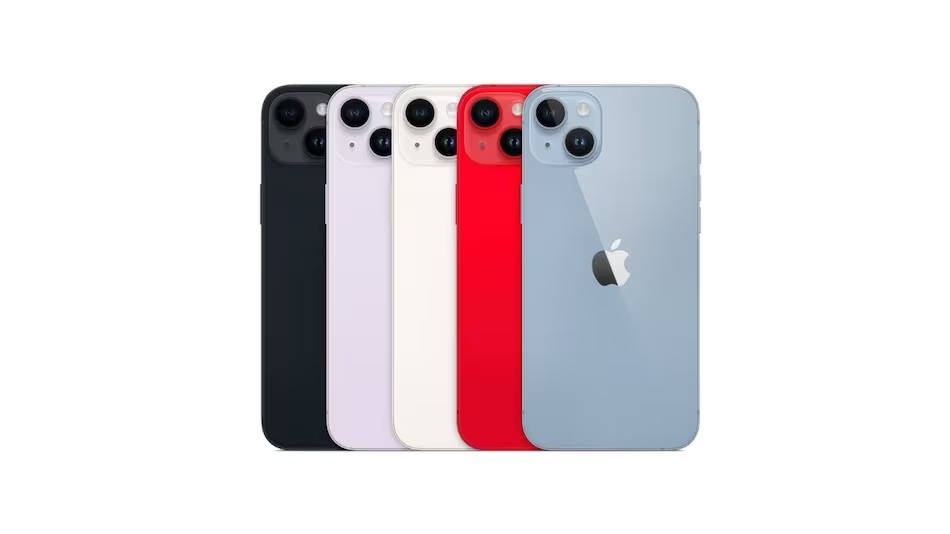The iPhone 14’s design was drastically altered to include a backbone-like center aluminum component.
According to iPhone design director Richard Dinh, an upgrade to the iPhone 14 series will be beneficial for customers and that the base iPhone 14 is a more functional phone than the more expensive iPhone 13 models. Dinh claims that despite the iPhone 14’s striking resemblance to the iPhone 13, it has undergone a significant design upgrade with benefits that might not be immediately obvious when compared to an older model. Among the few modifications made to the updated model are weight reductions, more affordable and simple repairability, and longer battery life.
According to Dinh, who spoke with The Sydney Morning Herald, the updated device is less prone to thermal throttling, which explains why the base iPhone 14 model performs better. The ordinary iPhone 14 models run more consistently than the iPhone 13 Pro models while having the same processor, owing to some internal reorganization. The iPhone 14’s design was drastically altered to include a backbone-like center aluminum component. He said that the continual dissipation of heat over the whole surface is made possible by this core structural plane.
Dinh continues, “With a bigger sensor, greater low-light performance, and a whole new ambient light sensor in the back, we were able to provide a larger primary camera than the iPhone 13 Pro versions.”
The iPhone design director adds, “This design also features our first four-sided stacked main logic board [which] truly condenses all the iPhone 14 components in a smaller space and allows us to reach the board from either side, for greater repairability.
Apple’s iPhone 13 required the display to be taken off in order to access any internal structural components, much like earlier versions going all the way back to the iPhone 8. Instead, the iPhone 14’s rear glass can be removed, making repairs simpler and less likely to cause more damage.According to the survey, the cost of repairing a screen defect has decreased by almost half as a result of earlier phones’ limited access.
Additionally, it was recently revealed that the iPhone 14 Pro performs better in both single-core and multi-core performance than the recently introduced Samsung Galaxy S23 Ultra.
The iPhone 14 Pro performs up to 21% quicker on a single core than the Samsung Galaxy S23 Ultra, according to leaked Geekbench ratings for the just-released Samsung smartphone. The Galaxy S23 Ultra scored 1,480, compared to 1,874 for the iPhone 14 Pro in the single-core test.
The Galaxy S23 Ultra scored 4,584 on the multi-score test, whereas the iPhone 14 Pro obtained a score of 5,384, outperforming it.In comparison to single-core testing, the benchmarks show that Apple has a smaller (almost 15%) advantage over Samsung in multi-core performance.







